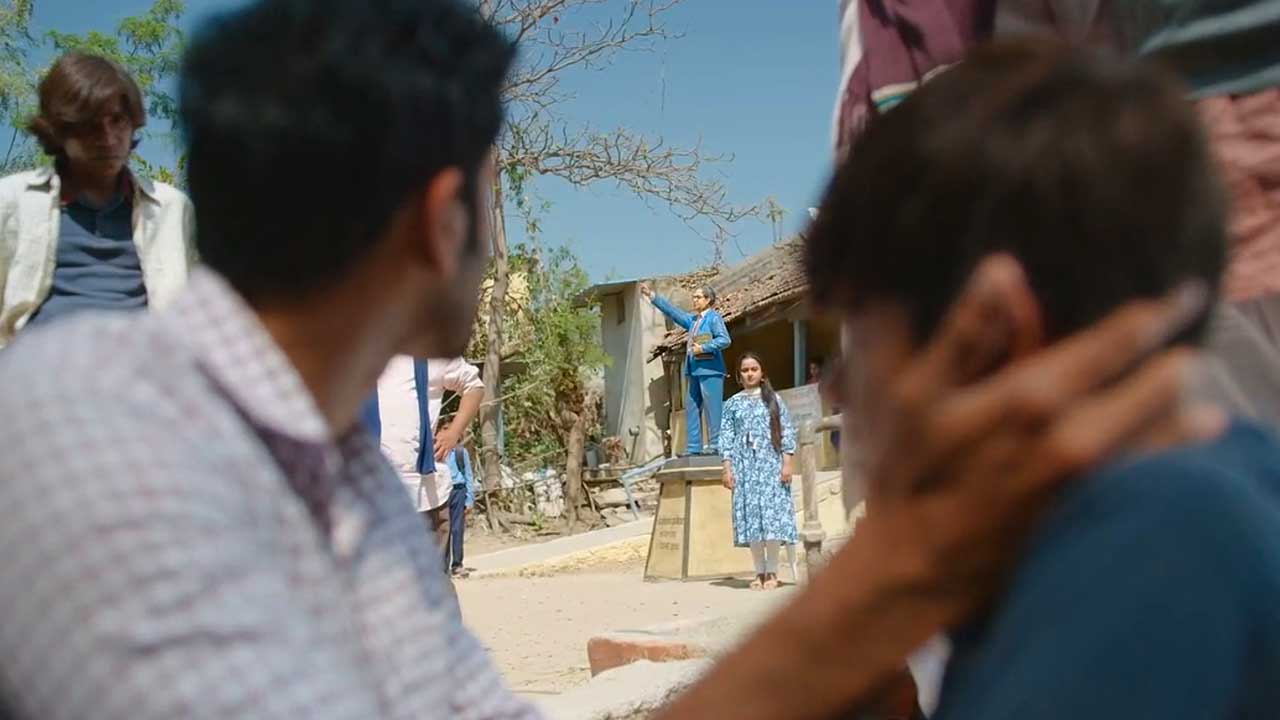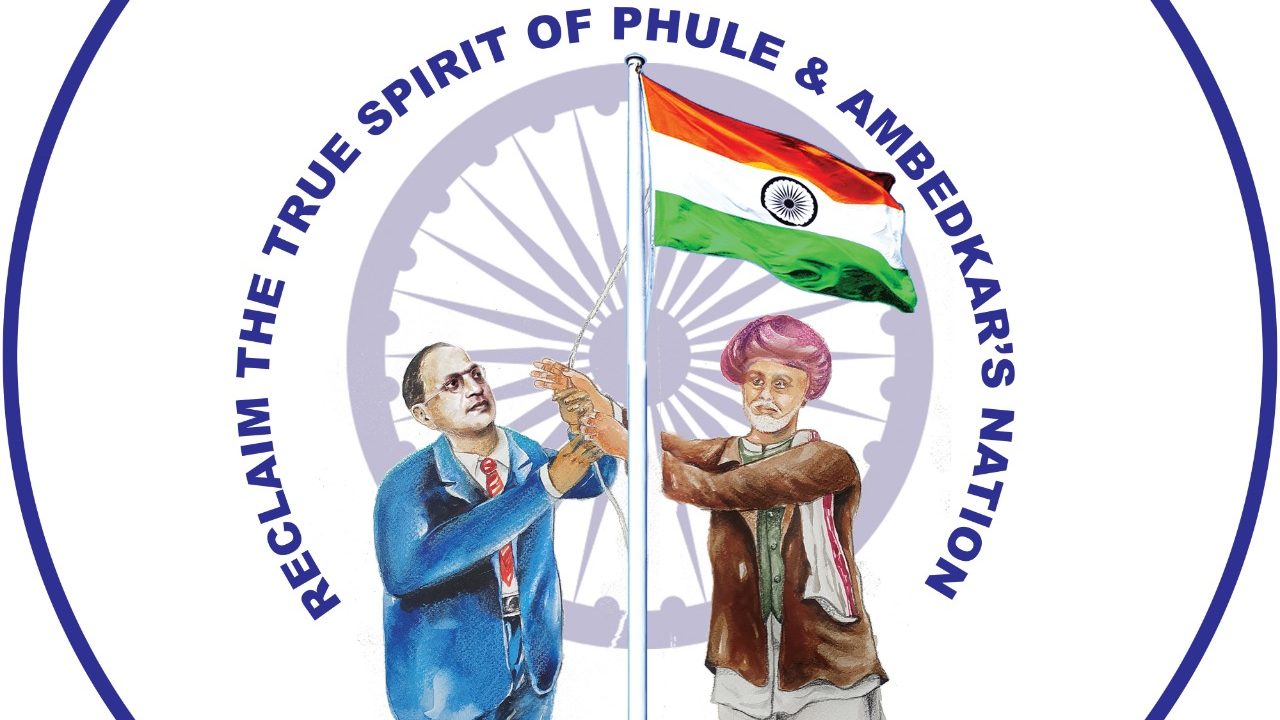Caste system and other brahmanical ideas and superstitions prevail in Indian society. Arts like dance, drama, and music can be used innovatively to create awareness about these social evils and fight them. Born into a family where the idea of god and rituals have always been questioned, Yogesh Master is doing just that. He is also researching and writing on these issues. Yogesh Master spoke to FORWARD Press. This is an edited version of the interview:
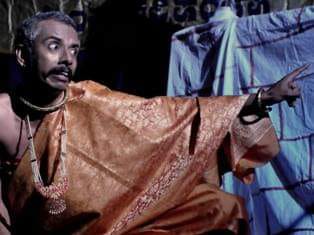
You have a theatre group. Tell us about it. What are the major themes you present through your plays? You are also a trained Bharatanatyam dancer, but you are involved in contemporary dance now – why this shift?
I am the founder of a theatre group called Rajamarga. Through our cultural activities, I intend to bring socio-cultural awareness among my fellow beings. I oppose all superstitious beliefs prevailing in society, raise voices against all kinds of exploitations, irrespective of the religion and class that they involve. I oppose caste and class discrimination; condemn the superiority complex of brahmanical status in society, culture, and religion. Altogether, providing insights and creating awareness about the issues is the primary purpose of our theatre projects.
I learnt Bharatanatyam and was a practitioner. However, I was not happy with the theme of songs and dances in Bharatanatyam as they are more focused on theism. Being an atheist, I couldn’t appreciate the themes devoted to God and revolving around religious and mythological issues. However, Bharatanatyam is a beautiful art form. I could not resist appreciating it. So, I adopted Bharatanatyam dance techniques and choreographed the dances to fit the themes in which I’m genuinely interested.
I noticed that brahmanical ideas and images, superstitious practices, irrational beliefs pervaded cultural fields like music, dance, drama, and cinema. These beliefs latch on to the minds of people. That has been a great success for Brahmins. The result is that our people are convinced that the Asurs, Rakshasas or Danavs were all cruel and evil practitioners, whereas Devatas or Surs, who were the protectors of the Brahmins, are kind and cultured. Even today this indoctrination continues. Cultural politics has proved very useful to the Brahmins, who have used mesmerizing cultural attractions to establish superstitions and pseudo-religious practices.
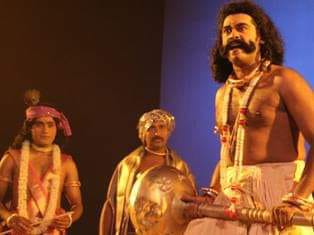
Through fear and desire of an ordinary man, the priesthood can capture and control the minds of people. These fears and desires have become the tool for exploitation. That has led to exploitation in other fields like religion, culture, and politics. I am embarrassed by what India has come to represent.
How has Basavanna’s teachings and Lingayatism influenced you? Do you come from a Lingayat family? What have been the other influences in your life and work?
I witnessed Sharana practices and listened to the Vachana literature in the home where I was born and raised. My family did not inherit many religious traditions. It was not addicted to superstitious practices. The concept of God and rituals was examined and debated. There was a sincere attempt to understand the basics of ritualistic traditions. The radical thoughts of Basavanna, Allama and other Sharanas of the 12th century were remembered in my family through readings and attending discourses. Inter-caste and Inter-religion marriages were in practice. Food habits were considered an individual’s choice. Caste and class hierarchy was never accepted. Questions from young members of the family and debates were always encouraged. Today I’m the result of all that I witnessed. My family deeply respected spirituality but never liked to cling on to the religious practices. That was a good beginning for me to peep into the religious stuff and mythological stories with a realistic approach.
Tell us about your books? What made them controversial? What are the books you are working on these days?
I grew up listening to a lot of mythological stories in Keertanas, and religious discourses in a Mutt near my home. It became an inspiration for me to explore these stories through historical and social analysis. I was very sure that the mythological stories we hear today are in “coded form” and they were not real. As a language student, I was genuinely attracted to and interested in the figure of speech. All these pushed me to decode the mythological stories. As I did that, I was shocked to discover the real history of India. The exaggerated versions and glorification of India and her culture looked like painted masks to hide the actual socio-cultural condition of this land.
Social discrimination, religious exploitation, propagation of false ideas, misinterpretations of God and spirituality, caste politics, the monopoly of one culture, curbing the native and primitive culture of this soil – all are part of mythological stories and epics like Ramayan and Mahabharat. Furthermore, Dalits, Tribals and other indigenous groups have been insulted and exploited through these texts by selfish brahmanical groups.
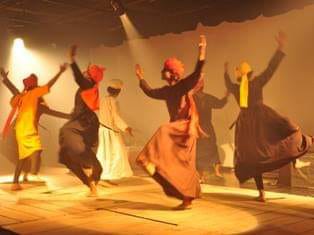
Dhundhi, a story of a tribal hero, is the result of this systematic research and decoding mythology. I wrote it as a novel, because it is based on a hypothesis. Dhundhi is an attempt to explore the mythological interpretation in the light of anthropology and cultural history.
It serves as primary literature to look deeper into our socio-cultural history. Also, I never claim it is entirely real, but honest in its understanding. That angered the right-wing organizations.
Now, I’m working on a novel “Shambara.” It’s a continuation of Dhundhi. In this novel, I am shedding light on Aryan politics, which has defamed Asuras and demolished their socio-cultural life.
So far I have authored more than 230 books. All are about socio-cultural awareness and individuals honestly expressing themselves in society.
What purpose does the reinterpretation of the myths serve?
If our social life were free from the clutches of mythology and inclined towards science and rational thinking, I would not have touched the mythological stories at all. Down the ages, the imaginary characters and concepts have been used to exploit people in the name of God, religion, and caste. Now, at its worst, it has spread into the state administration and the concept of a nation. Unless some people like us expose these kinds of absurdities, our people, despite being witness to development in science and technologies, mentally remain slaves to the pseudo-concepts.
You were closely associated with Gauri Lankesh. What are your memories of her?
This is hard for to answer. I don’t know where to start. Of course, she stood for rationality, secularism, and freedom of expression. She always raised her voice against exploitation. Identifying herself with many activists’ groups, she actively took part in different movements.
We were very good friends, sharing common interests, apart from movements and social activities.
You have directed two films, Marali Manege and Ammu. Please tell us about them.
A movie is an effective medium to inculcate awareness among people and create a healthy society. We should ensure that the good movies reach people. Marali Manege is based on the novel which I wrote 20 years ago. Many youths leave their home in search of better job opportunities. Some leave after quarrelling with parents. In all the cases, the sufferings of the parents left behind is almost the same. My film deals with the issue and sends out a message to those who have left home, asking them to return. It says that love is greater than ego.
Ammu is based on my novel Amrutha, which is about children suffering from Medullobalstoma, a type of paediatric malignant primary brain tumour. I lost my cousin Bunty to cancer a few years ago, and before his death, we used to chat for hours. He told me that “he was not going, but was only returning”. He was not scared of death but was afraid of the pain, as his body had become a laboratory during the treatment. In India, most of the time, cancer is diagnosed only at a much later stage, as we tend to ignore the symptoms. Counselling is one area that India lacks and it is crucial not only for cancer patients but also for caretakers. This film is neither a documentary nor an art movie. It deals with the challenges and difficulty, not just of cancer patients, but also their family. This is an attempt to spread awareness, and I am happy to be part of it.
Forward Press also publishes books on Bahujan issues. Forward Press Books sheds light on the widespread problems as well as the finer aspects of Bahujan (Dalit, OBC, Adivasi, Nomadic, Pasmanda) society, culture, literature and politics. Contact us for a list of FP Books’ titles and to order. Mobile: +917827427311, Email: info@forwardmagazine.in)
The titles from Forward Press Books are also available on Kindle and these e-books cost less than their print versions. Browse and buy:
The Case for Bahujan Literature
Dalit Panthers: An Authoritative History



